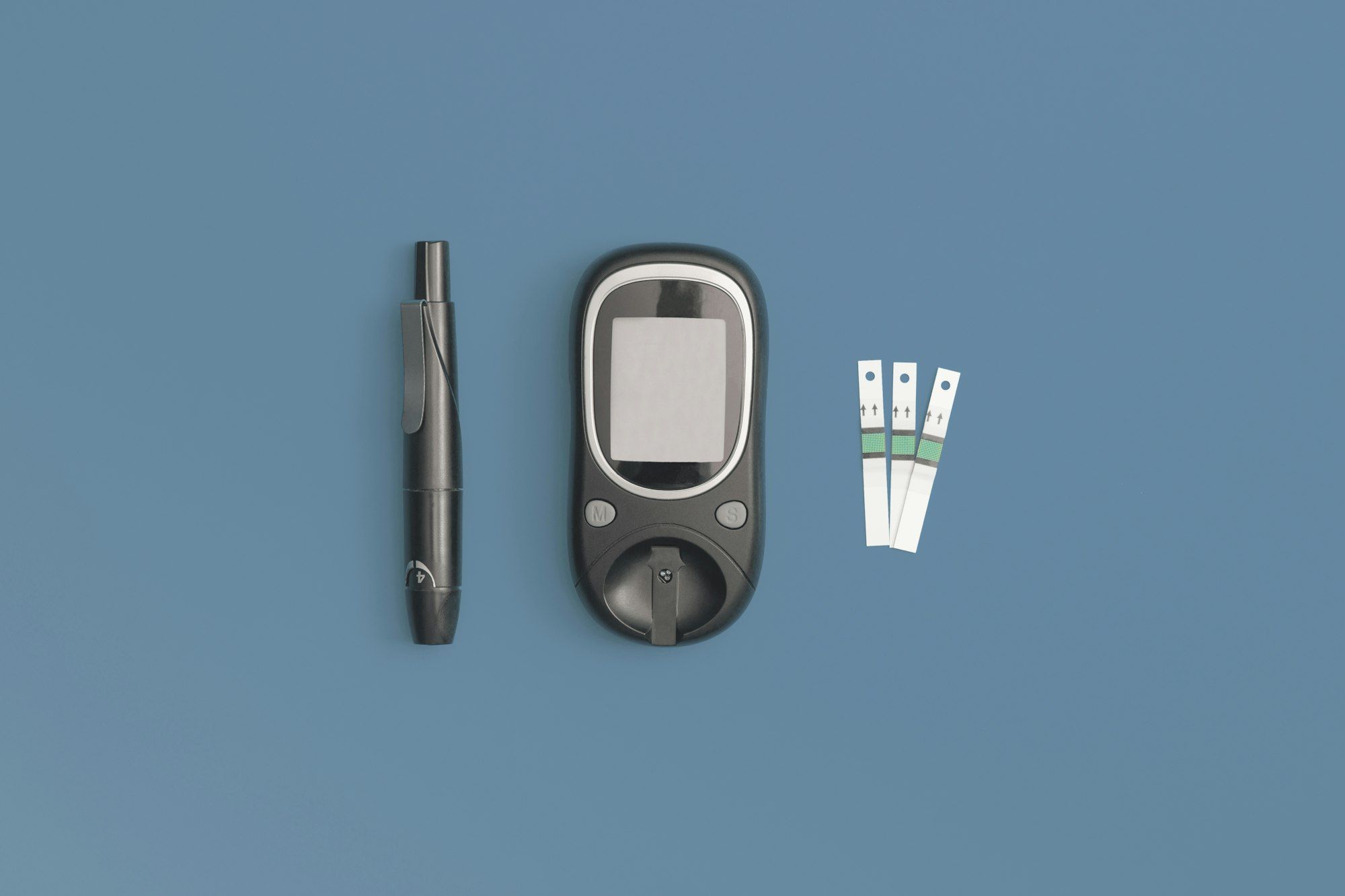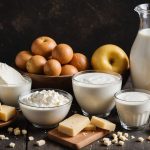Understanding Blood Sugar Levels
Managing blood sugar levels is crucial for seniors to maintain overall health and prevent complications associated with diabetes. As people age, changes in lifestyle and metabolism can impact blood sugar management. Regular monitoring and awareness are essential to address these challenges effectively.
Seniors often face several challenges in controlling glucose levels. One common issue is the body’s decreased ability to produce or effectively use insulin, which is vital in regulating blood sugar. Additionally, maintaining a balanced diet and consistent exercise routine may become more challenging with age, further complicating blood sugar management.
This might interest you : Essential Strategies for Seniors to Combat Caregiver Burnout Effectively
Blood sugar levels play a significant role in overall health. Uncontrolled levels can lead to various complications, such as heart disease, kidney damage, and vision problems. It’s essential for seniors and their caregivers to stay informed and proactive in managing diabetes. Regular check-ups and adopting healthy habits can enhance diabetes awareness and improve long-term health outcomes.
By understanding the importance of maintaining healthy blood sugar levels and recognizing the common obstacles, seniors can take practical steps towards better management and a healthier future.
Have you seen this : Effective Strategies for Using Phototherapy to Alleviate Depression in Seniors
Dietary Recommendations for Blood Sugar Control
A diabetes-friendly diet is crucial for individuals managing blood sugar levels. This diet involves understanding the glycemic index of foods, which measures how quickly foods affect blood glucose.
Importance of Balanced Meals
Balanced meals play a key role in maintaining stable blood sugar. Incorporating a mix of carbohydrates, proteins, and fats ensures a gradual release of sugar into the bloodstream. This balance prevents spikes and crashes associated with high-glycemic foods. Proper nutrition for seniors is especially vital, as managing blood sugar becomes more challenging with age.
Foods to Include and Avoid
Foods high in fiber, like whole grains and vegetables, are encouraged. These have low-glycemic indexes. Conversely, refined carbs such as white bread should be limited due to their rapid glucose release. Including healthy fats and proteins like nuts and fish can also aid in sustaining energy levels.
Meal Planning Tips
Effective meal planning involves selecting foods with varying glycemic indexes to build a balanced plate. Opt for whole grains, vegetables, and lean proteins as staples. Avoid high-glycemic options like sugary snacks. Planning meals around these principles not only supports blood sugar control but also contributes to overall wellness.
Exercise and Physical Activity Strategies
Understanding the crucial role of exercise in managing blood sugar levels is essential for seniors. Regular physical activity enhances insulin sensitivity, helping to regulate blood sugar more efficiently. This process is critical for those aiming to maintain a balanced and healthy lifestyle as they age.
Benefits of Regular Exercise
Engaging in consistent exercise routines brings numerous benefits, including improved cardiovascular health, increased muscle strength, and enhanced insulin efficacy. Regular physical activity can also lead to better weight management and reduced risk of chronic illnesses.
Recommended Types of Physical Activities
For seniors, it is safe and beneficial to incorporate low-impact exercises such as walking or swimming. These activities are gentle on the joints while providing ample blood sugar management benefits. Additionally, cycling and light strength training can be included for variety and increased muscle tone.
Setting Realistic Fitness Goals
Setting achievable goals is vital in establishing a sustainable fitness routine. It is recommended to start slowly, progressively increasing intensity and duration of exercises. Aiming for at least 30 minutes of moderate exercise most days can help seniors stay active and manage their health effectively. Incorporating a variety of activities ensures the routine remains engaging and fun.
Monitoring Techniques for Blood Sugar Levels
Blood glucose monitoring is a critical aspect of managing diabetes effectively. Patients have several diabetes tools at their disposal, each offering unique features and benefits. Traditional glucose meters require fingertip blood samples, providing immediate readings. Continuous Glucose Monitors (CGMs), on the other hand, offer real-time glucose tracking with minimal invasiveness, alerting users to fluctuations. Both methods equip users with essential tracking methods to note patterns and make informed decisions.
Regular monitoring introduces consistency, making trends easier to recognize, offering actionable insights into the effects of diet, exercise, and medication on blood sugar levels. This consistency can help in adjusting lifestyle choices to maintain glucose levels within target ranges, thus preventing complications.
Interpreting blood sugar readings accurately is crucial for effective self-management. Understand that “low” or “high” readings necessitate dietary or medication adjustments. Consulting healthcare professionals can provide guidance tailored to individual conditions. By using these tracking methods and understanding the patterns they reveal, patients can be proactive about their health, adjusting their routine as needed to ensure stable glucose levels.
Technology and Tools for Managing Blood Sugar
Efficient diabetes management significantly relies on the use of glucose tracking technology and telehealth for seniors. With the digital age shaping healthcare, it’s crucial to leverage these modern tools.
Overview of useful apps and devices
Diabetes management apps are indispensable for individuals aiming to maintain their glucose levels effectively. These apps allow for:
- Real-time tracking of blood sugar levels
- Logging nutritional intake and physical activity
- Alert notifications for medication reminders
Popular applications include MySugr, Glucose Buddy, and One Drop, each providing unique features to ease daily management tasks.
Benefits of telemedicine for blood sugar management
Telehealth for seniors presents a monumental shift in care by ensuring access to healthcare professionals without leaving home. This service helps in:
- Facilitating regular virtual consultations
- Reducing the risk of exposure to illnesses
- Offering continuous monitoring through connected devices
Connecting with healthcare professionals
Regular engagement with healthcare providers remains paramount. Through telehealth, seniors can ensure continuous care and receive the necessary guidance to manage their diabetes effectively. Importantly, consistent check-ins allow for timely adjustments to treatment plans, enhancing the overall management of diabetes and promoting a healthier lifestyle.
Personal Success Stories and Expert Advice
Diabetes management success is attainable with perseverance and the right strategies. Many seniors have transformed their health by keeping their blood sugar levels in check. One inspirational story involves Jane, a 72-year-old who managed to stabilise her blood sugar through mindful eating and regular physical activity. Her journey emphasises the importance of small, consistent lifestyle changes. Seniors like Jane serve as beacons of hope, showing that diabetes need not limit one’s quality of life.
Healthcare professionals agree that personalised plans are crucial. These expert tips often emphasise regular monitoring, balanced diets, and appropriate medication. By engaging with medical practitioners, individuals can tailor their approach, taking into account personal health conditions and lifestyle factors.
Beyond personal efforts, community support plays a vital role in diabetes management success. Programs offering peer support groups and educational workshops create environments where individuals can share insights and coping strategies. Access to such resources ensures that seniors are not alone in their journey, fostering motivation and resilience. By utilising both community and professional guidance, managing diabetes becomes a shared endeavour, enhancing both health outcomes and social connections.











